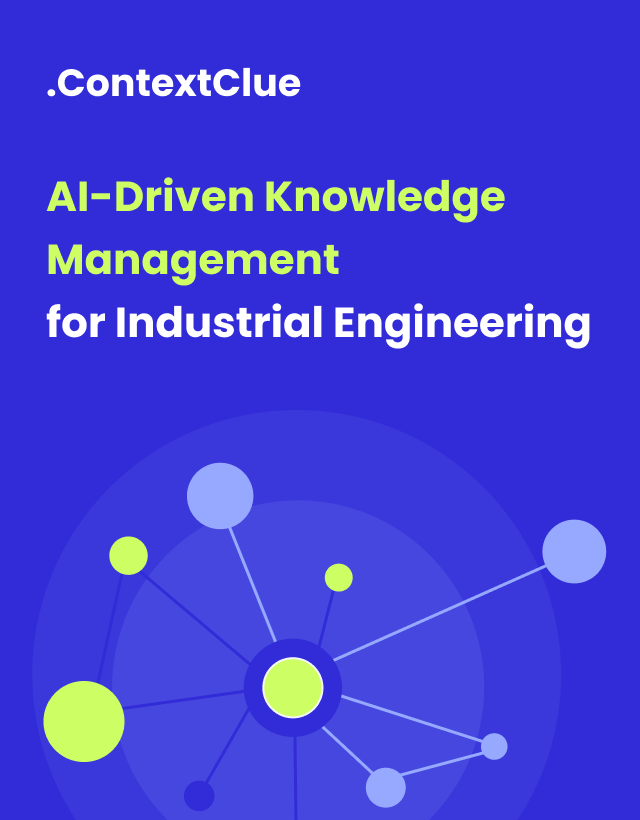
March 10, 2025
What is a Data Engineering Pipeline?
Author:

CEO & Co-Founder
Reading time:
2 minutes
Efficient data processing is critical for businesses leveraging big data. A data engineering pipeline automates data flow, improving accuracy and speed. This guide explores its components, benefits, and best practices.
Key Takeaways:
- A data engineering pipeline automates data flow, ensuring clean, structured, and accessible data.
- It includes ingestion, transformation, storage, and monitoring to maintain data quality.
- Benefits include streamlined data processing, better analytics, and improved collaboration.
What is a Data Engineering Pipeline?
A data engineering pipeline is a structured system of processes that extracts, transforms, and loads (ETL) data for analytics and decision-making. It ensures seamless data movement from sources to storage, such as data lakes or warehouses.

Source: tigosoftware.com
How Does a Data Pipeline Work?
Data pipelines facilitate automated data movement and transformation. Key processes include:
- Data Ingestion: Extracting raw data from databases, APIs, or SaaS platforms.
- Data Transformation: Cleaning, filtering, and structuring data for usability.
- Data Storage: Transferring processed data to a warehouse or analytics tool.
- Monitoring: Ensuring reliability and detecting anomalies.
![]()
It might be interesting for you: Data Engineering with Databricks
![]()
Designing a Data Pipeline
Each pipeline consists of layers, including data sources, ingestion, transformation, destinations, and monitoring. Ensuring high-quality data at each stage is crucial for reliable insights.
6 engineering strategies for creating resilient data pipelines
- Conduct a Data Audit: Understand data sources and business needs before building.
- Build Incrementally: Use a modular approach to allow for flexibility.
- Update Objectives Continuously: Maintain clear, evolving documentation.
- Optimize Costs: Plan for budget constraints and minimize recurring expenses.
- Create Cross-functional Teams: Encourage collaboration between data analysts, engineers, and business teams.
- Use Observability Tools: Implement monitoring, alerting, and analysis for quick issue resolution.
Benefits of Data Pipelines
A data pipeline automates anomaly detection and rectification. And this opens up a plethora of promising opportunities for data practitioners, including:
- Automated Data Processing: Reduces manual effort and speeds up workflows.
- Enhanced Data Quality: Cleans and structures data for better analytics.
- Improved Traceability: Identifies and resolves data issues faster.
- Compatibility Across Sources: Ingests data from diverse systems seamlessly.
- Optimized Machine Learning: Provides high-quality datasets for AI models.
Final Thoughts
Organizations can build custom pipelines or leverage SaaS solutions for faster deployment. A well-structured data pipeline ensures efficiency, accuracy, and seamless data accessibility, empowering better business decisions.
Category:





